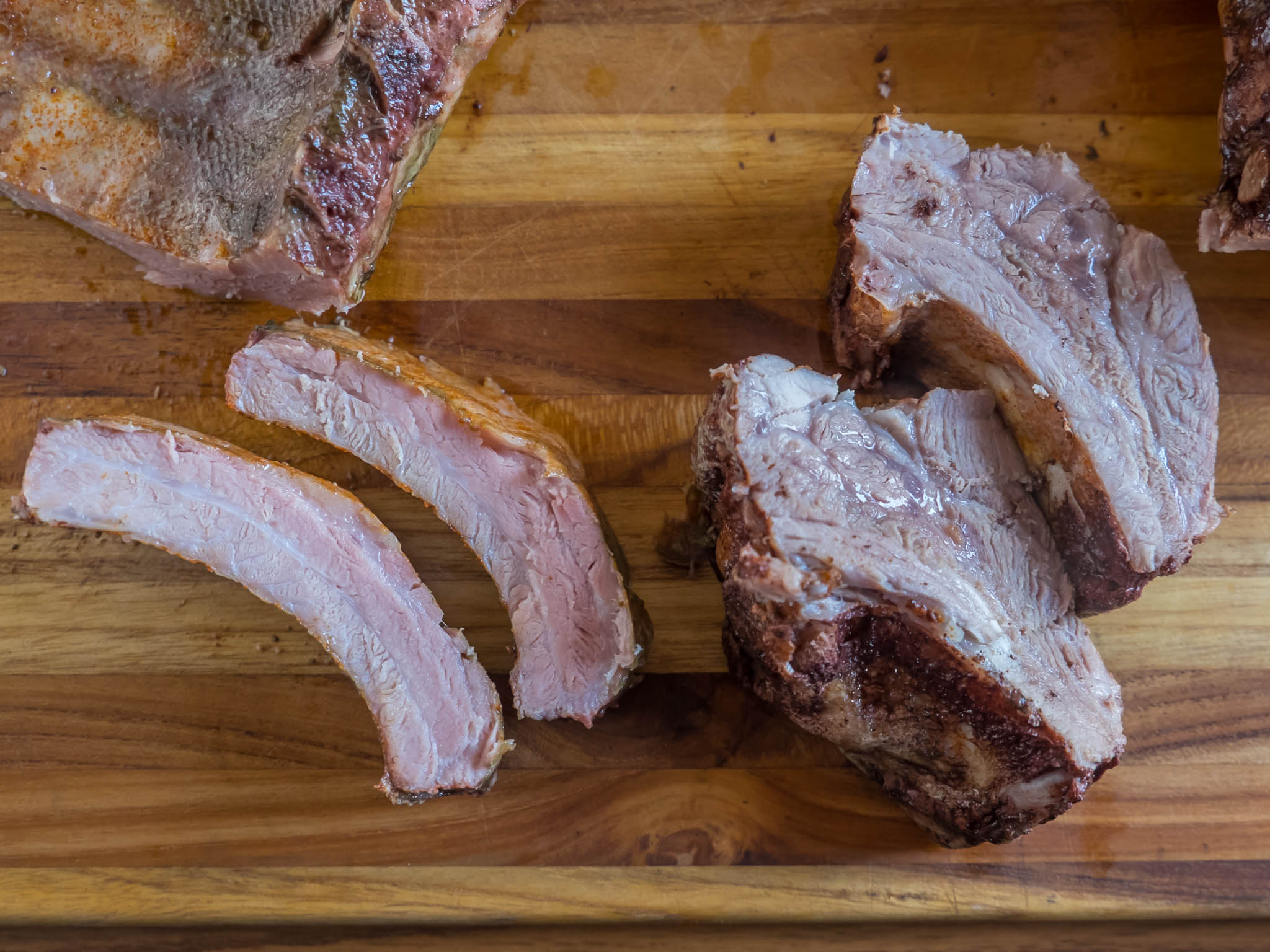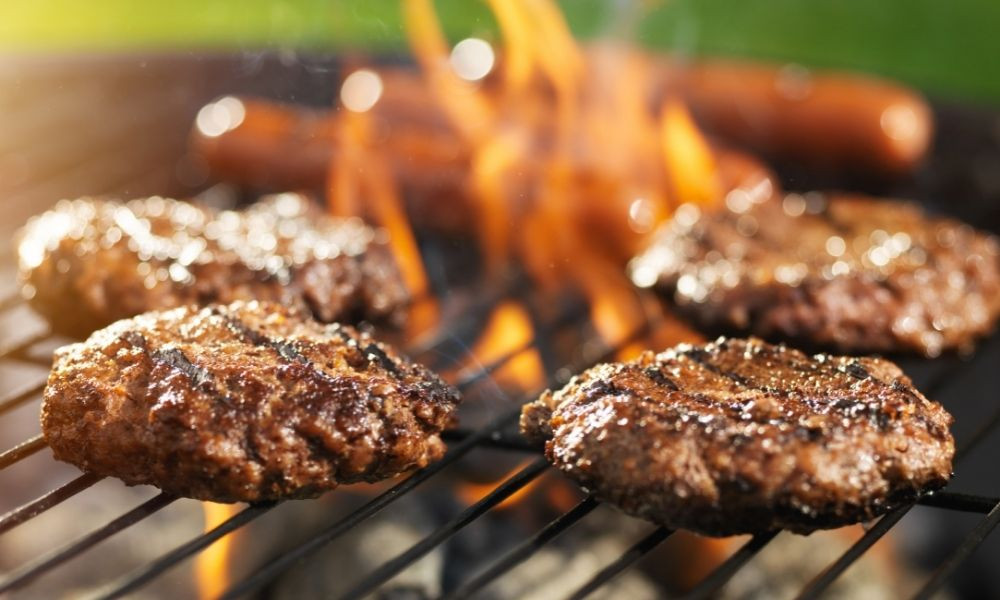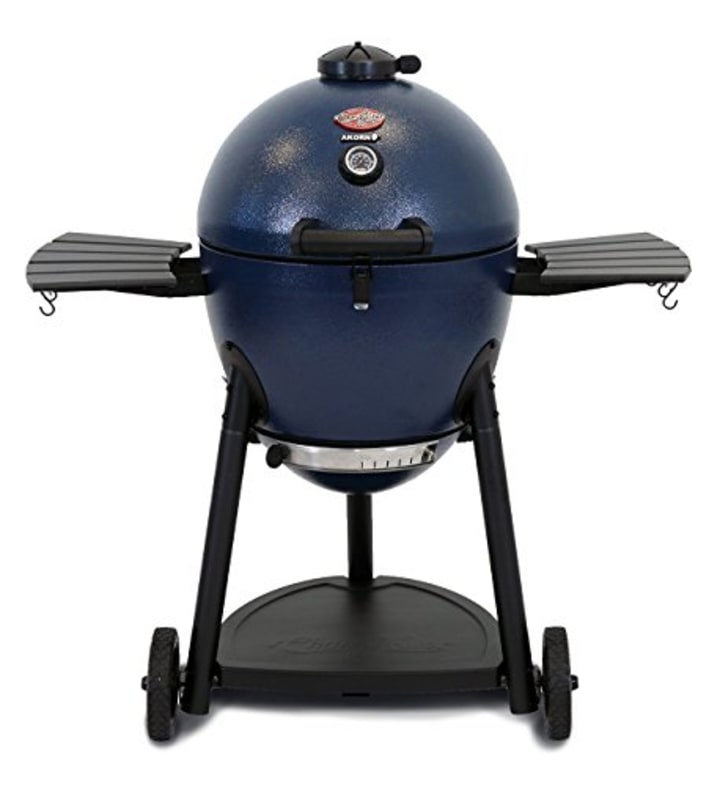
There are two primary ways of smoking meat. Both hot and cold smoking are options. Hot smoking uses high temperature to break down collagen and connective tissue in the meat, leaving it difficult to cut and dry. Cold smoking is a slower method that uses low temperatures to dry the meat at an earlier rate and prevent bacteria from growing. You will notice a distinct aroma and taste when you smoke meat for a longer time. These are the top factors to remember when smoking meat.
It is important to reduce the amount of food preparation when smoking meat. This will allow for more browning. To enhance browning, you can use sugar but be aware that it will not burn at high temperatures. Final note: The last internal temperature of meat is crucial for maximum tenderness. You need to select the meat with care in order to achieve the best tenderness and flavor. You should carefully read the instructions for your smoker.

It takes a lot to smoke meat. The process is a lot of fun, but it also takes time and patience. Most beef cuts take several hours to smoke. You'll soon discover the wonderful taste of smoked meat. You can achieve amazing results with a smoker if you just follow these steps. Smoking can enhance the flavor and tenderness, as well as preserve the nutrients and juices within your meat.
The type of meat you are smoking will determine the wood type. Apple wood is the most popular type of wood for smokers, and is relatively easy to work with. It's great for sausages, beef, lamb, brisket and other meats. It's great for wildfowls, pork, and other pork. You can try different combinations to find the best combination for you. You can also control the temperature! The video below will help you if you're not sure.
Apple wood is the best for brisket. It has a mild flavor that pairs well to hickory. Also, it will give your meat a beautiful smoke ring. Apple wood is sweet so it pairs well with ribs (brisket), salmon, and roasts. The smoke ring, which is an area of pink that appears on meats that are reminiscent of beef, apple wood adds to the flavor of meats. You can experiment with different types of smoke meats to find the right combination.

Hardwood is perfect for smoking meat, but you must make sure that the hardwood you select is suitable for the smoker. It is important to avoid hardwoods that are dry, powdery, or wet. Avoid softwoods. They contain high levels oil and resin, and can produce thick, bitter smoke. It is important to ensure that the meat is cut evenly. Smoking uncut meat will take more time. A smoker lid is necessary to capture the smoke when smoking meat.
FAQ
What's the best way to keep leftovers safe?
Tupperware containers are great for storing leftovers. These containers keep foods fresh and prevent odors from forming. They also keep foods warm longer. Frozen leftovers can be kept in freezer bags. When freezing food, place the bag inside another freezer bag so that air doesn't escape. Once food has been frozen properly, seal it with a ziplock bag.
How Much Does it Cost to Learn Culinary Arts Skills?
It is not easy to find a culinary arts degree that costs less than $40,000. For example, a four-year degree typically costs around $40,000. A two-year associate degree, on the other hand may cost less than $5,000. Tuition costs vary depending on which program you choose. Private institutions charge higher prices than public ones.
What should a novice cook do first?
For beginners, it is best to begin with something simple like pasta, rice or soup. You can learn how to cook by looking at a cookbook or watching a YouTube video. Cooking is fun when you do it with someone else. Enjoy cooking with your family, friends, or both.
Where can I find online cooking classes for free?
Many websites offer cooking lessons for free. YouTube has many videos that will show you how to cook different dishes. Some sites offer thousands of recipe options. While you may have to pay a monthly charge, these websites allow you to try out the recipes for 30 days for no cost.
Can you be a self-taught cook?
You can learn to cook by yourself! The joy of cooking is something that everybody enjoys doing, no matter their skill level. If you are interested in learning how to cook, start cooking at home. Start small, such as making pancakes for breakfast and spaghetti sauce at dinner. It is important to experiment with new recipes to learn how to cook. It is possible to make mistakes.
It takes anywhere from several hours to several weeks to learn how to cook, depending on your skill level. It's important to remember that cooking isn't just about following recipes. There are many different ways to prepare food, so if you have an idea in mind, go with it.
Can I learn to cook alongside my kids?
Yes! Kids love to help in the kitchen. It's a fun activity that teaches them responsibility and teamwork. You can have your children help you with everything, from washing vegetables to cutting onions. They will enjoy helping you to cook if your children are safe with knives.
What's the difference between a professional chef and an amateur cook?
A chef prepares meals for others. A cook prepares food for himself or herself. While both jobs involve the preparation of food, a chef interacts directly with his customers. This means that they can have to decide what food to serve customers based their preferences. The cook doesn't have to interact with customers. Instead, a cook makes sure the food tastes good before delivering it to customers.
Statistics
- In the United States, the category is estimated at $23.2 billion annually and is growing faster than the market. (washingtonpost.com)
- On average, chefs earn $58,740 a year, according to the BLS. - learnhowtobecome.org
- The median pay for a chef or head cook is $53,380 per year or $25.66/hour, according to the U.S. Bureau of Labor Statistics (BLS). (learnhowtobecome.org)
External Links
How To
How to make a perfect eggroll
Omelets are one of my favorite foods to eat at breakfast. How can you make them perfectly? Many different recipes and methods have failed to work for me. I have some tips and tricks to help you make delicious, fluffy omelets every single morning.
It is important to know that eggs can be temperamental when making omelets. Eggs must be purchased fresh, preferably organic, and kept chilled until ready for cooking. If they are not kept cold enough, the whites won’t form properly. The yolks will also break down too quickly and become runny. This makes your omelets look weirdly colored. If you intend to cook your eggs immediately, it's best to use room-temperature egg.
Another tip is to separate your egg before adding it into the pan. You don't want any white to get mixed up with the yolk because this could cause the omelet to curdle.
If you add the egg directly onto the stovetop, you might end up burning the bottom part of the egg, which would ruin the texture of your omelet. Instead, place the egg in the microwave for 10 second before you put it in the skillet. The microwave heat cooks your egg just right, without it becoming too soft.
Let's now talk about mixing eggs. Mix eggs well together. You can do this by turning the bowl of your mixer upside down. Then, vigorously shake the bowl. This allows the air to be whipped and the egg to be mixed thoroughly.
The fun part is now - adding the milk to the mixture. The first step is to pour half of the milk in the beaten eggs. Next, fold the eggs into the remaining milk. Do not be alarmed if there are still egg streaks visible. Once the omelet flips, these streaks will disappear.
After you have done folding the eggs, heat the pan on medium heat. The oil will start to smoke. When the oil is hot enough, add 1/4 cup butter to the pan. Stir it around until the butter covers the entire pan. Carefully open the pan's lid and add salt to the pan. A pinch of salt will help prevent the omelet from sticking to the pan.
Once the omelet has formed, cover the pan again and wait for the top side to set completely. Flip the omelet upside down or with a spatula. Cook the other side for another minute or two. Serve the omelet immediately by removing it from the pan.
This recipe works best with whole milk, but skimmed milk also works.